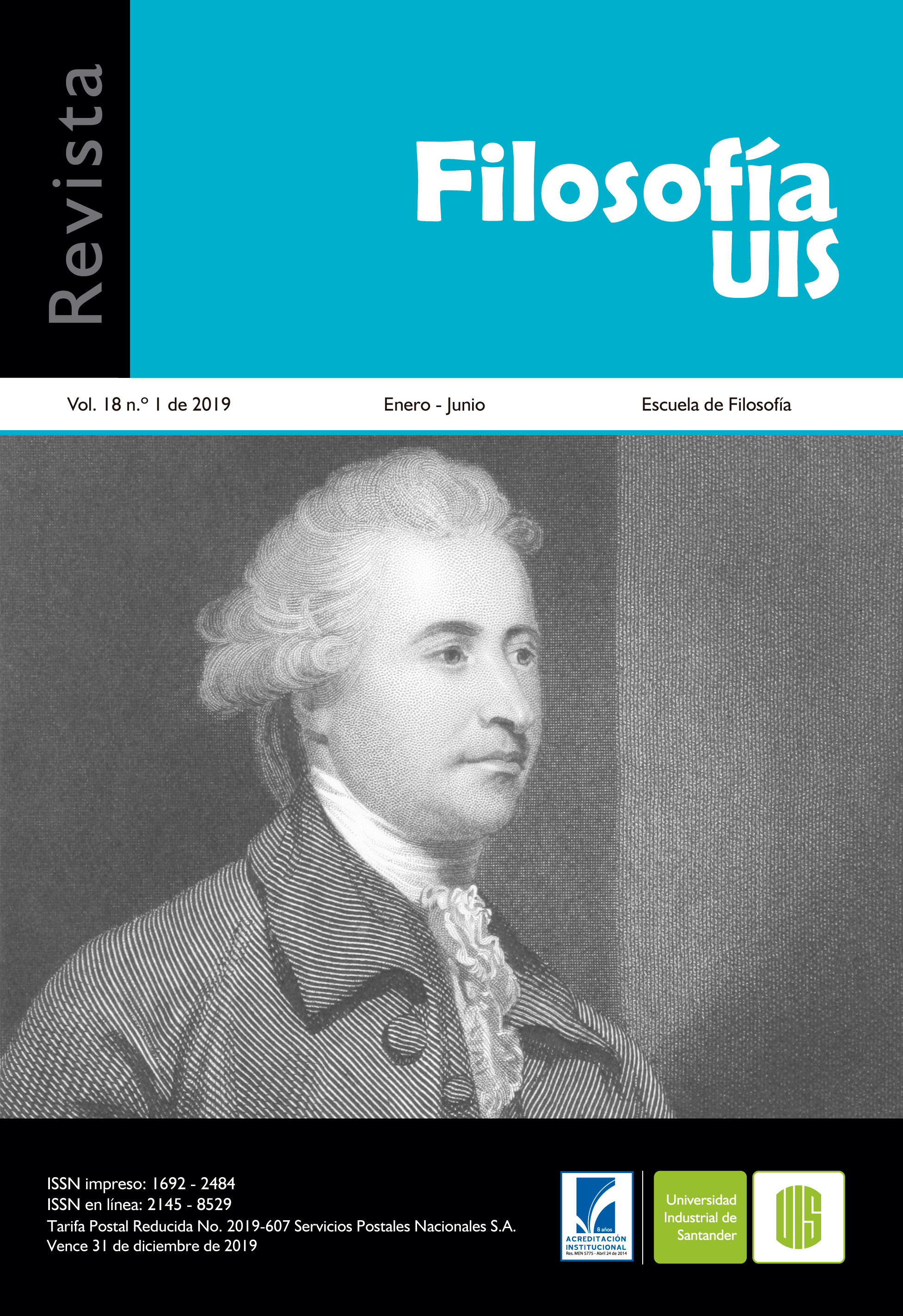Diagnosis and solution to injustice in Nancy Fraser and Iris Young. Redistribution or recognition?
Published 2019-01-01
Keywords
- redistribution,
- recognition,
- oppression,
- participatory parity,
- social justice
How to Cite
Copyright (c) 2019 Revista Filosofía UIS

This work is licensed under a Creative Commons Attribution 4.0 International License.
Abstract
In the nineties an academic debate was presented between Nancy Fraser and Iris Young. These authors discussed the way in which social justice should be understood in order to be emancipatory. On the one hand, Young suggested that injustice should be defined as oppression understood as a limitation of political participation and oppositional justice as the absence of oppression. On the other hand, Fraser suggested that injustice should be approached from a two-dimensional perspective of redistribution and recognition to allow for 'participatory parity'. This article approaches this debate to take a position in favor of Fraser because his model is more inclusive and manages to respond satisfactorily to the problems that Young poses with respect to oppression, but also the redistributive issues that Young ignores.
Downloads
References
Fraser, N. (1997). Iustitia Interrupta. Bogotá: Siglo del Hombre Editores.
Habermas, J. (2002). Verdad y justificación. Madrid: Editorial Trotta.
Palacio, T. (2011). Justicia y diferencia en Iris Marion Young. Eikasia. Revista de Filosofía, V(39), 74-106.
Peréz, O. (2010). Escalas de justicia y emancipación: Inclusión, redistribución y reconocimiento. Astrolabio. Revista internacional de filosofía, 2010(11), 378-391.
Teimil, I. (2012). Justicia como imparcialidad dialógica. Una perspectiva de la justicia imparcial compatible con las demandas de los grupos desfavorecidos. Revista Isegoría, (47), 587-600.
Young, I. (2000). La justicia y la política de la diferencia. (S. Álvarez, Trad.). Madrid: Ediciones Cátedra.
Young, I. (2009). Categorías desajustadas: Uma crítica à teoria dual de sistemas de Nancy Fraser. Revista Brasileira de Ciência Política, (8), 193-214.

